
Transparent PP Food Tray: Characteristics and Diverse Applications
2025-07-02 16:48Introduction to Transparent PP Food Trays
Transparent polypropylene (PP) food trays have emerged as a cornerstone in the food packaging industry, prized for their durability, versatility, and aesthetic appeal. Made from polypropylene, a thermoplastic polymer, these trays are manufactured through processes like injection molding or thermoforming, resulting in lightweight, transparent containers that meet the demands of modern food storage and presentation.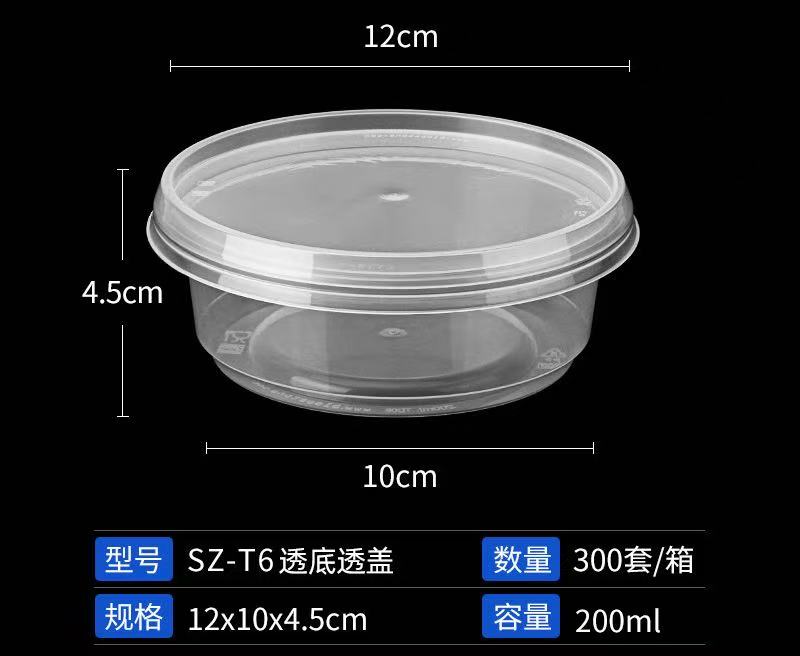 PP food trays are widely used in fast food, catering, retail, and home meal preparation due to their unique combination of clarity, heat resistance, and recyclability. This article explores the defining characteristics of transparent PP food trays and their applications across various sectors, supported by practical examples and industry insights.
PP food trays are widely used in fast food, catering, retail, and home meal preparation due to their unique combination of clarity, heat resistance, and recyclability. This article explores the defining characteristics of transparent PP food trays and their applications across various sectors, supported by practical examples and industry insights.
Key Characteristics of Transparent PP Food Trays
1. Exceptional Clarity for Visual Appeal
Transparent PP food trays offer excellent optical clarity, with light transmission rates often exceeding 85%, allowing consumers to view the contents clearly. This transparency is critical in food presentation, as it enhances the visual appeal of meals, making them more enticing to customers. For example, a deli might use PP food trays to package vibrant salads, where the clarity showcases fresh ingredients like cherry tomatoes and leafy greens, boosting consumer confidence in the product’s quality. The trays’ glossy finish further enhances their aesthetic, making them ideal for retail displays in supermarkets or takeout counters. 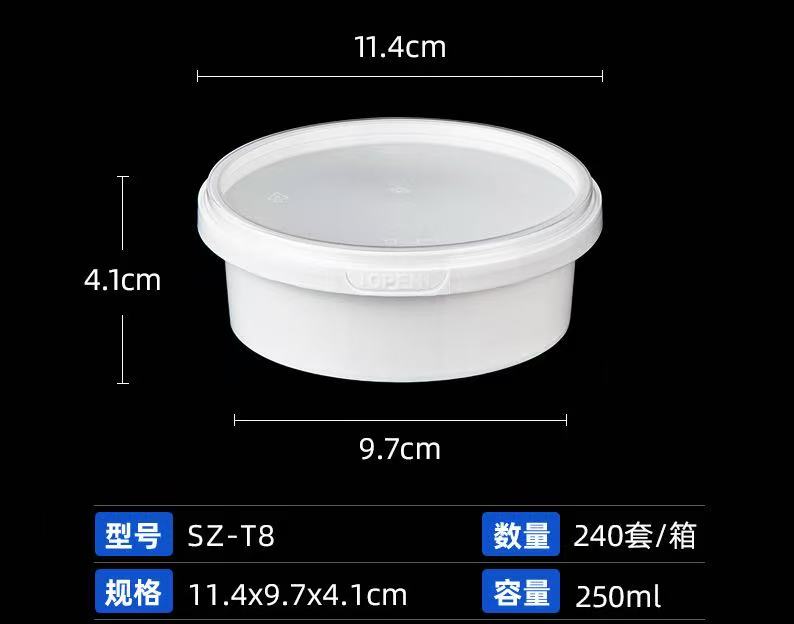
2. Microwave-Safe and Heat Resistance
One of the standout features of PP food trays is their ability to withstand high temperatures, typically up to 120°C (248°F), without deforming or releasing harmful substances. This microwave-safe property makes them perfect for reheating meals, a key advantage in fast food and meal prep applications. For instance, a consumer purchasing a pre-packaged microwaveable meal, such as a pasta dish in a PP food tray, can conveniently heat it without transferring it to another container. The trays’ thermal stability also ensures they maintain structural integrity during hot-fill processes, such as packaging soups or sauces.
3. Durability and Impact Resistance
PP food trays are engineered for durability, with tensile strength ranging from 30–40 MPa, depending on thickness and additives. Their robust composition resists cracking and impact, making them suitable for the rigors of transportation and handling. Unlike brittle materials like polystyrene, PP trays can withstand drops or stacking without breaking, ensuring food remains secure. For example, in a catering scenario, PP food trays are used to transport delicate desserts like tiramisu, protecting them from damage while maintaining an elegant presentation. 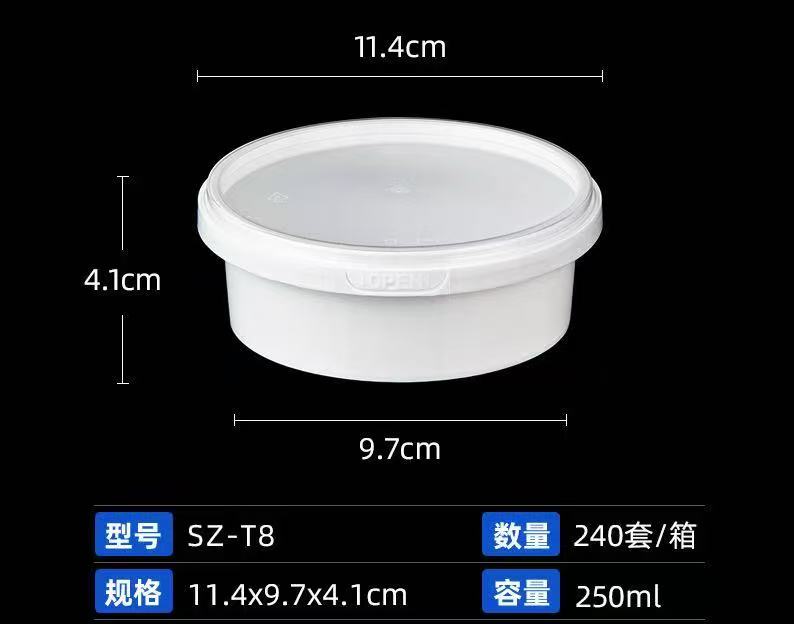
4. Food-Safe and Chemical Resistance
Manufactured to comply with stringent food safety standards, such as FDA and EU regulations, PP food trays are non-toxic, odorless, and resistant to oils, fats, and mild acids found in food. Their low moisture absorption (less than 0.2%) prevents water penetration, ensuring food stays fresh and uncontaminated. This makes PP trays ideal for packaging oily or acidic foods, such as fried chicken or citrus-based salads. For instance, a fast-food chain might use PP food trays to package takeout meals, ensuring the packaging remains intact even when exposed to grease or sauces.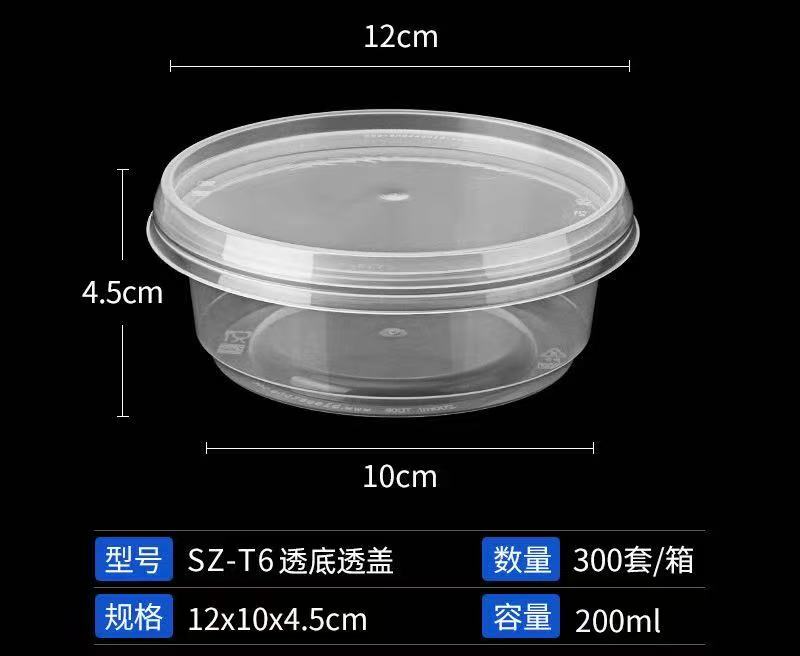
5. Recyclability and Sustainability
Polypropylene is one of the most recyclable plastics, with established recycling streams in many regions. PP food trays can be collected, processed, and repurposed into new products, aligning with growing consumer demand for sustainable packaging. While not biodegradable, PP’s lightweight nature reduces material usage, and its recyclability makes it a greener alternative to materials like PVC or polystyrene. Some manufacturers also incorporate recycled PP content, further enhancing sustainability. For example, a supermarket chain might adopt PP food trays for its meal kits, promoting them as eco-friendly to appeal to environmentally conscious customers.
Applications of Transparent PP Food Trays Across Industries
1. Fast Food and Takeout: Convenience and Functionality
In the fast-food industry, transparent PP food trays are a go-to choice for packaging takeout meals due to their microwave-safe properties and durability. These trays are used to package a wide range of items, from burgers and fries to rice bowls and noodle dishes. Their clarity allows customers to inspect the meal before purchase, while their robust structure ensures the food remains secure during delivery. For example, a fast-food restaurant might use a PP food tray with a snap-on lid to package a grilled chicken combo, allowing the customer to reheat it at home without compromising the tray’s integrity.
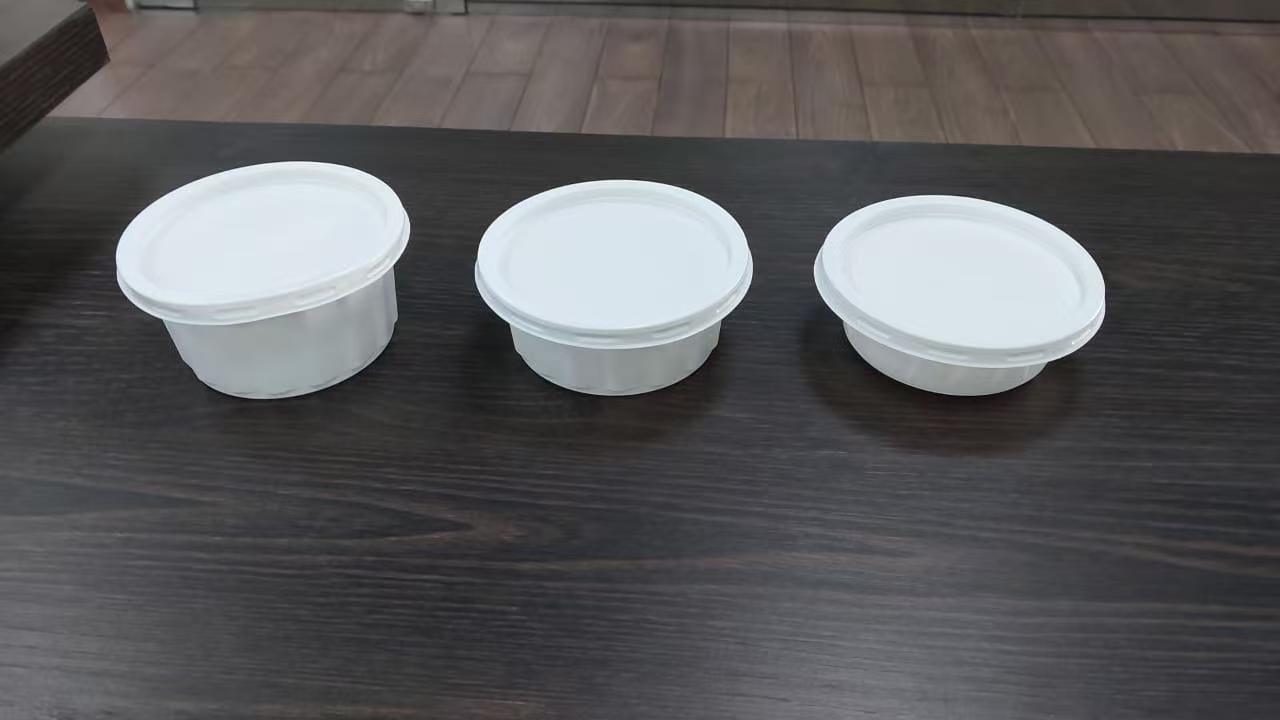
The trays’ stackability is another advantage in fast-paced environments. In a busy food court, PP food trays can be stacked efficiently in delivery bags or storage areas, saving space and reducing costs. Their leak-resistant design, often enhanced with secure lids, prevents spills, making them ideal for saucy or liquid-based dishes like curries or stews.
2. Retail Food Packaging: Enhancing Product Appeal
In retail settings, transparent PP food trays are widely used for pre-packaged meals, deli items, and fresh produce. Their clarity and glossy finish make them perfect for showcasing high-value items like sushi, salads, or desserts in supermarket deli sections. For instance, a grocery store might use PP food trays to package a premium seafood platter, where the transparency highlights the vibrant colors of shrimp and salmon, enticing customers. The trays’ ability to be sealed with film or lids ensures tamper-evidence, reassuring consumers of product safety.
PP food trays also support high-quality printing for branding or nutritional information, enhancing their role in retail. A meal kit company, for example, might use printed PP trays to package individual portions of a family-style dinner, including labels with cooking instructions or QR codes for recipes, adding value to the consumer experience.
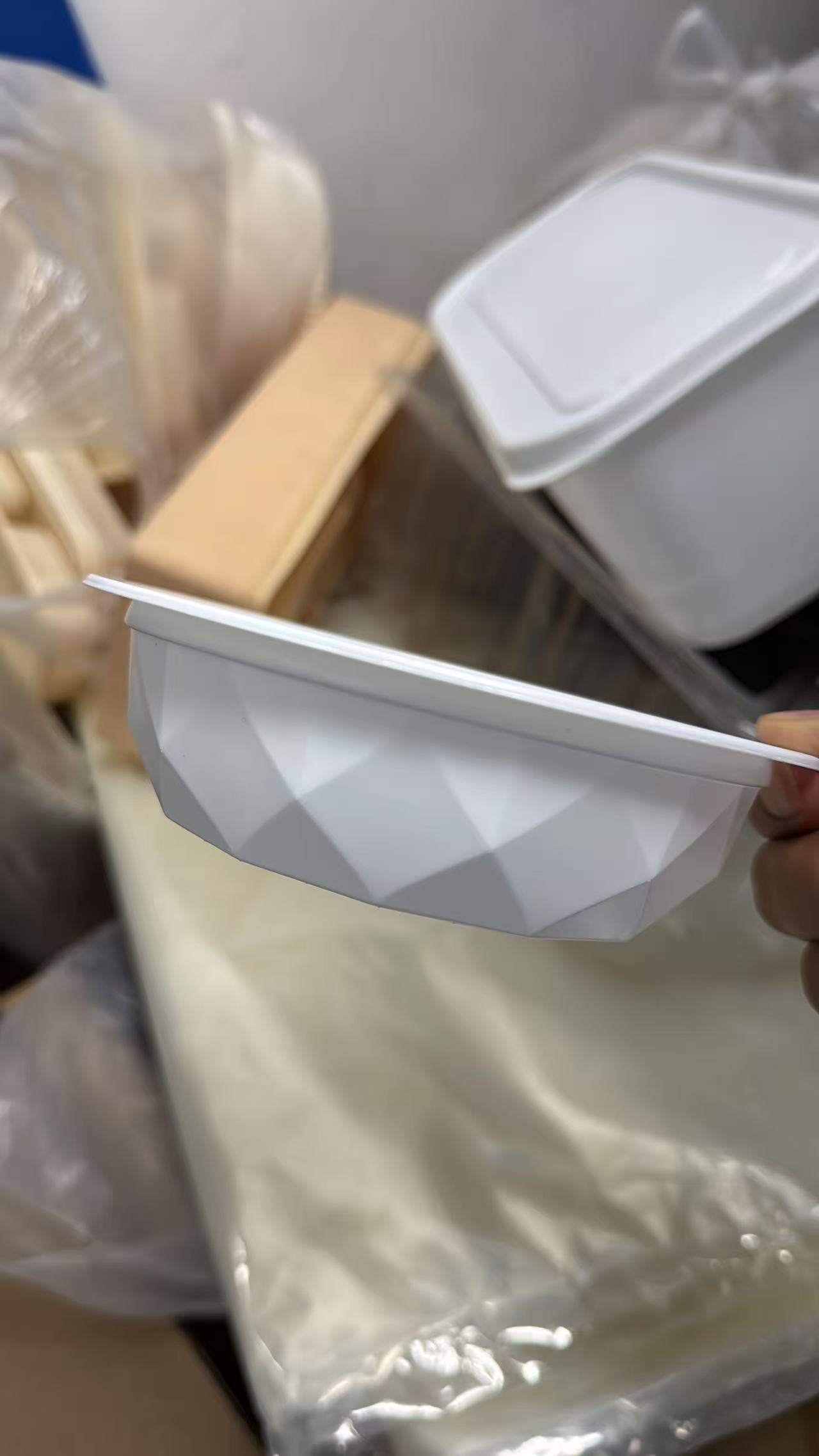
3. Catering and Event Services: Elegant and Practical
In catering and event services, PP food trays offer a balance of elegance and practicality. Their transparency provides a sophisticated presentation for appetizers, desserts, or main courses, while their durability ensures they withstand the demands of large-scale events. For example, a catering company might use PP food trays to serve canapés at a wedding, allowing guests to admire the intricate presentation of smoked salmon or mini quiches through the clear trays. The trays’ lightweight nature reduces transportation costs, and their recyclability aligns with the growing trend of sustainable event planning.
The trays’ ability to be customized with compartments or dividers makes them versatile for multi-component meals. A corporate lunch event might use compartmentalized PP food trays to serve a balanced meal with separate sections for protein, vegetables, and grains, ensuring a neat and professional presentation.
4. Meal Prep and Home Use: Versatility and Reusability
PP food trays are increasingly popular in meal prep and home use due to their microwave-safe and freezer-safe properties. Consumers can use these trays to store pre-portioned meals, such as homemade lasagna or stir-fry, and reheat them directly in the microwave. The trays’ transparency allows users to easily identify contents, while their durability supports repeated use in some cases, although they are primarily designed for single-use applications. For example, a fitness enthusiast might use PP food trays to store weekly meal prep portions, ensuring meals remain fresh and easily accessible.
In commercial meal prep services, PP food trays are used to package subscription-based meal kits. A company specializing in healthy eating might deliver pre-cooked meals in PP trays, allowing customers to reheat and enjoy them with minimal effort. The trays’ recyclability also appeals to eco-conscious consumers, enhancing the brand’s sustainability credentials.
Comparison with Alternatives
Compared to other materials like polystyrene (PS) or polyethylene terephthalate (PET), PP food trays offer distinct advantages. PS trays are less heat-resistant and prone to cracking, making them unsuitable for microwave use. PET trays provide excellent clarity and recyclability but are more expensive and less flexible in thermoforming. PVC trays, while cost-effective, may pose environmental concerns due to chloride content. PP’s balance of clarity, durability, and microwave compatibility makes it a versatile choice for food packaging, particularly in fast-food and retail applications.
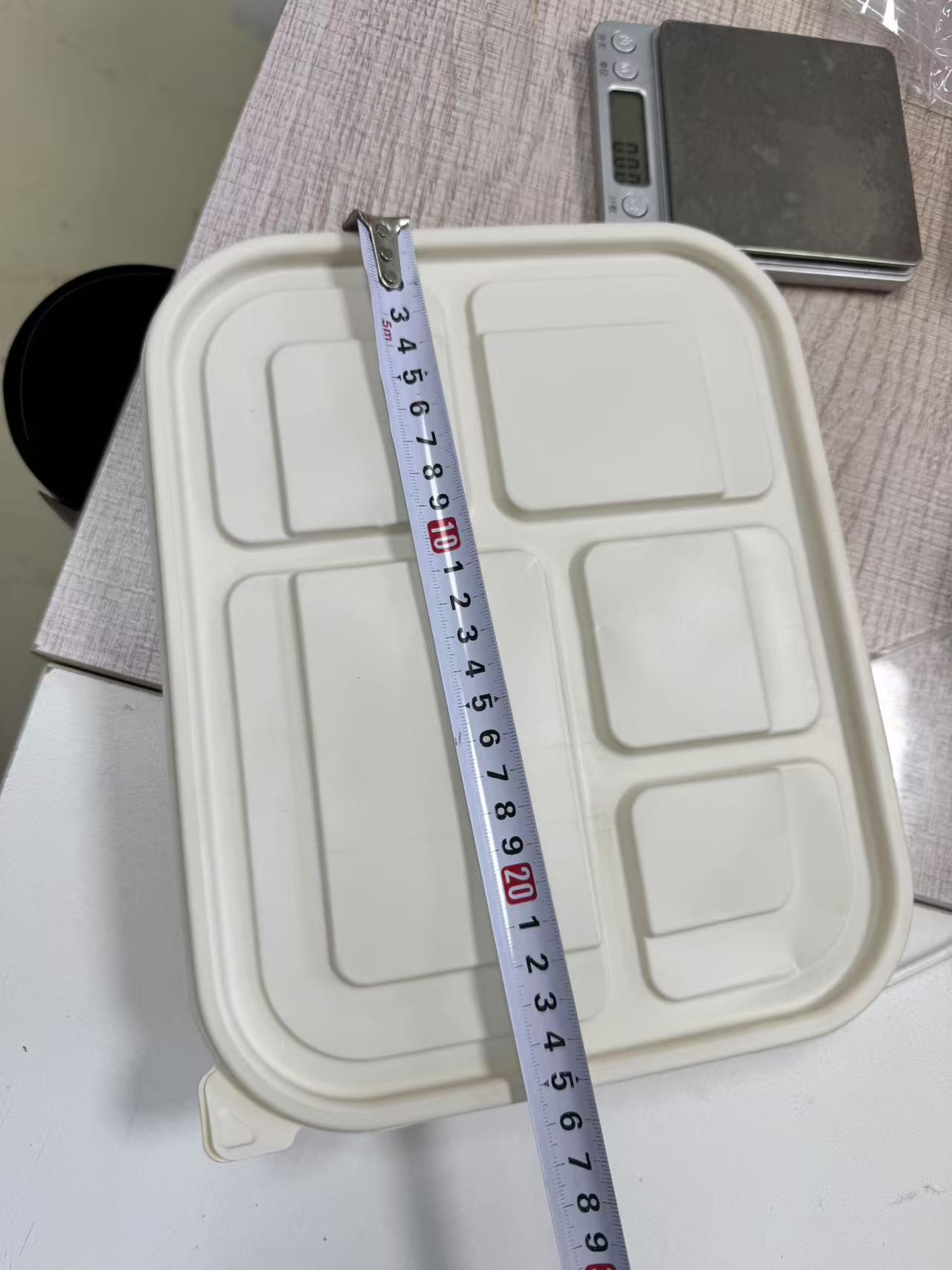
Future Trends and Innovations
The future of transparent PP food trays lies in enhancing their sustainability and functionality. Innovations in bio-based PP and advanced recycling technologies are reducing the environmental footprint of these trays. Manufacturers are also developing thinner, lighter trays through downgauging, which maintains strength while reducing material use. Additionally, smart packaging solutions, such as PP trays with embedded QR codes or antimicrobial coatings, are emerging to enhance consumer engagement and food safety.
